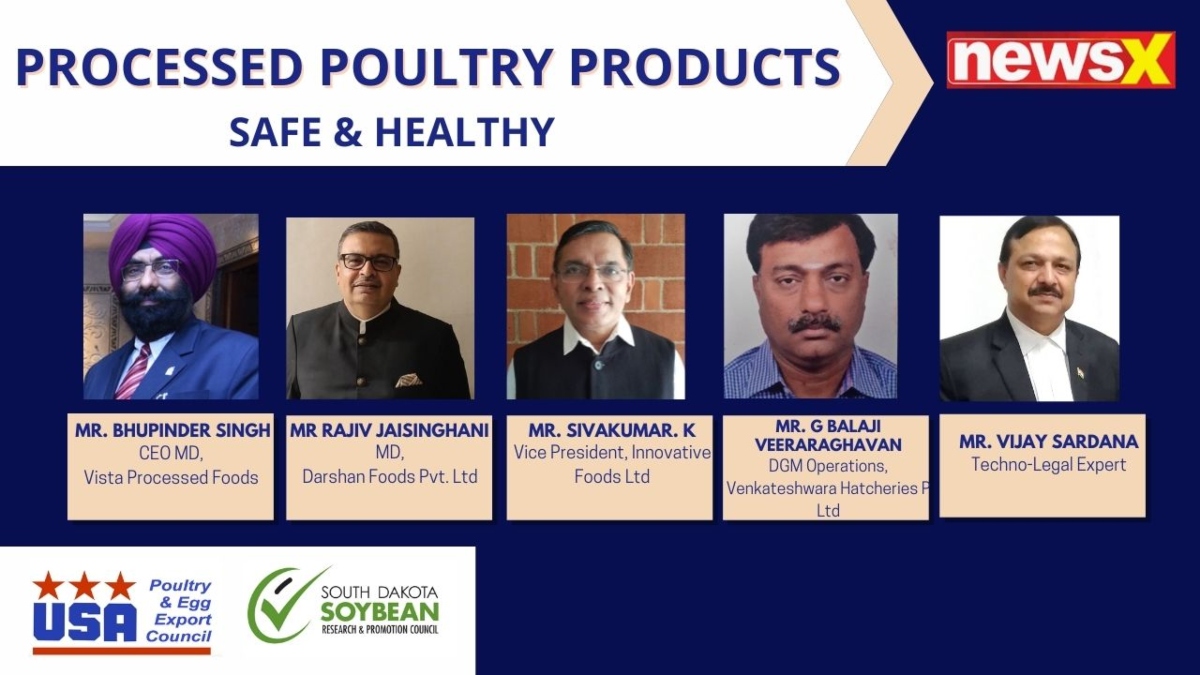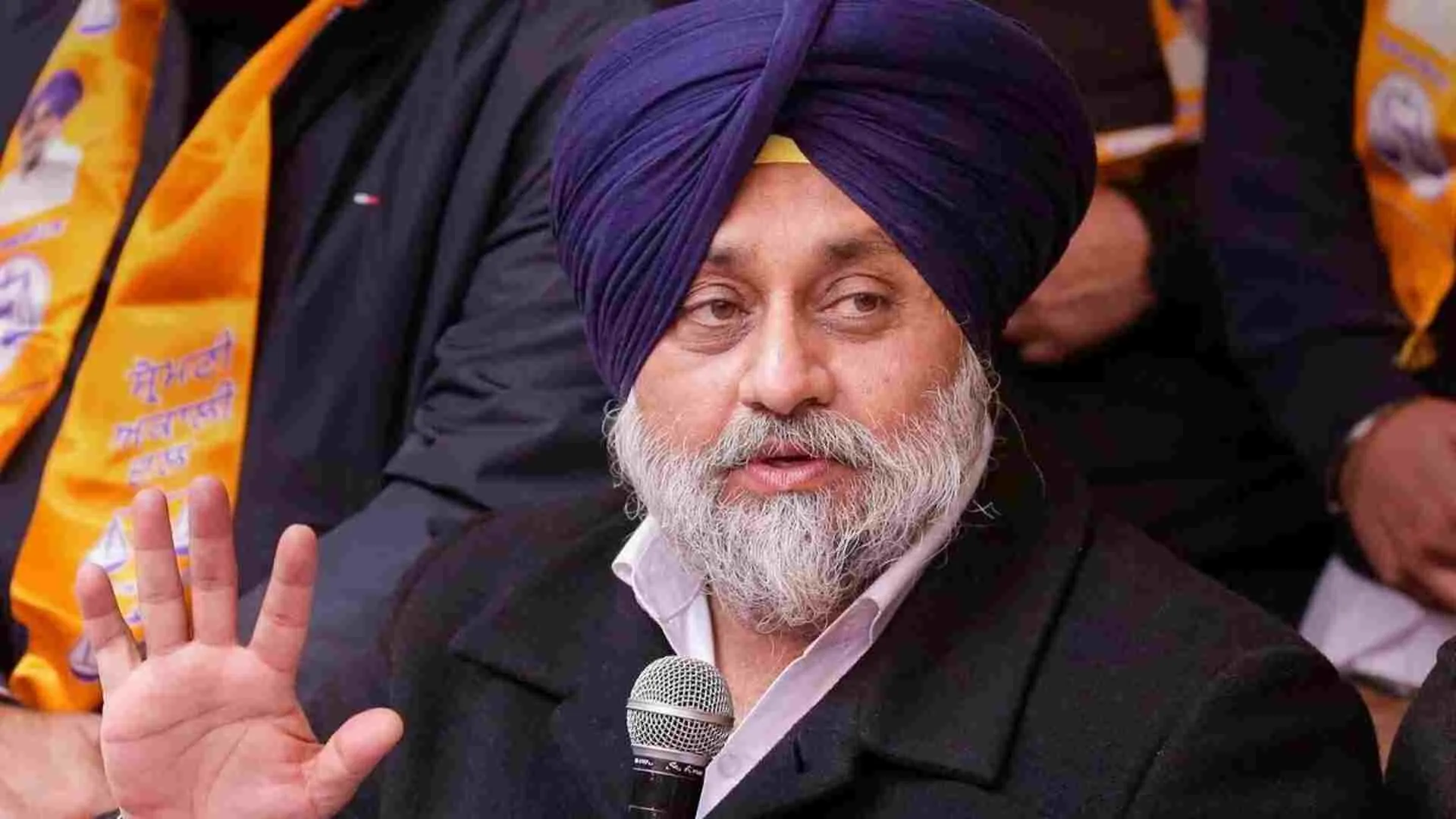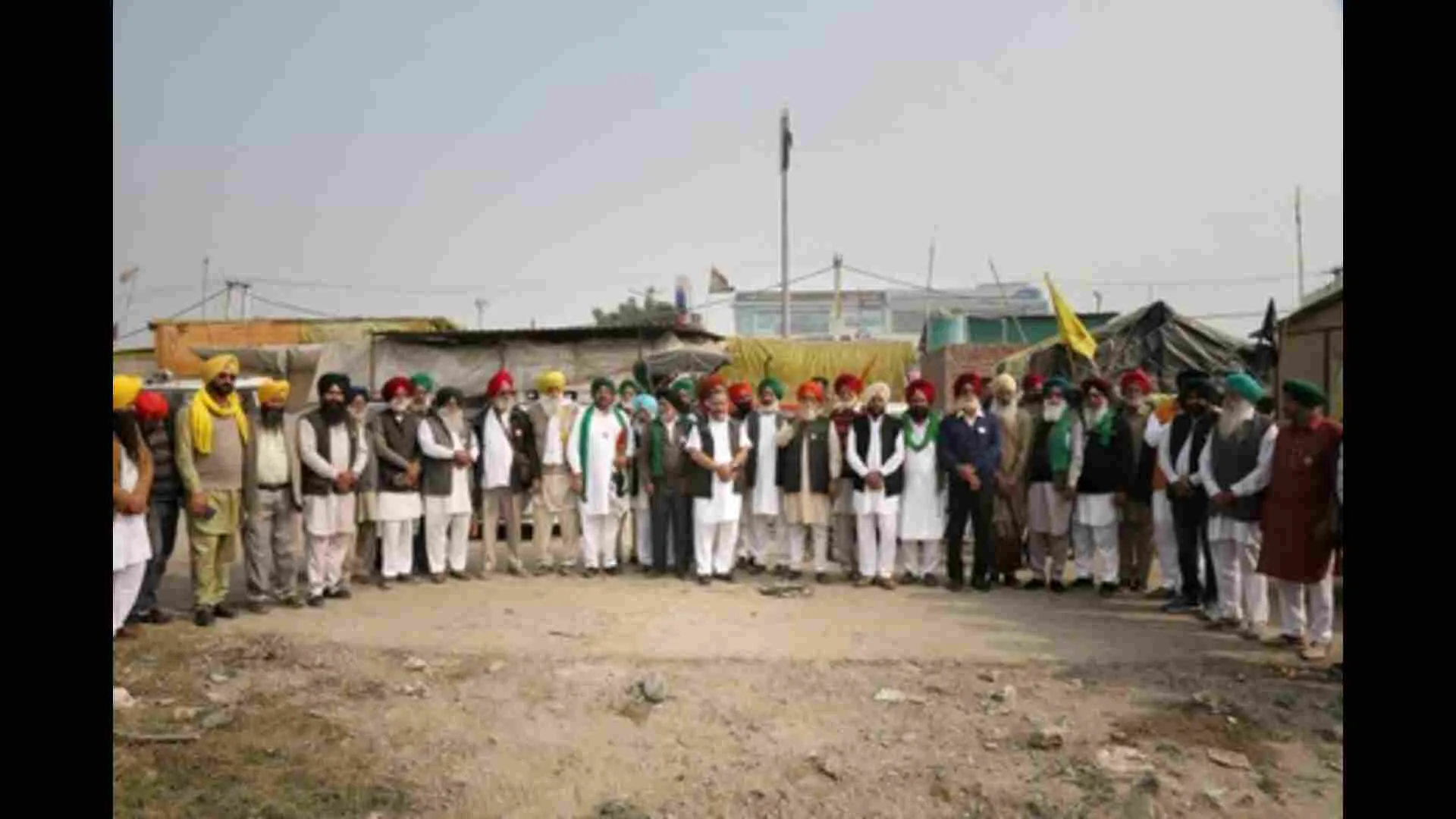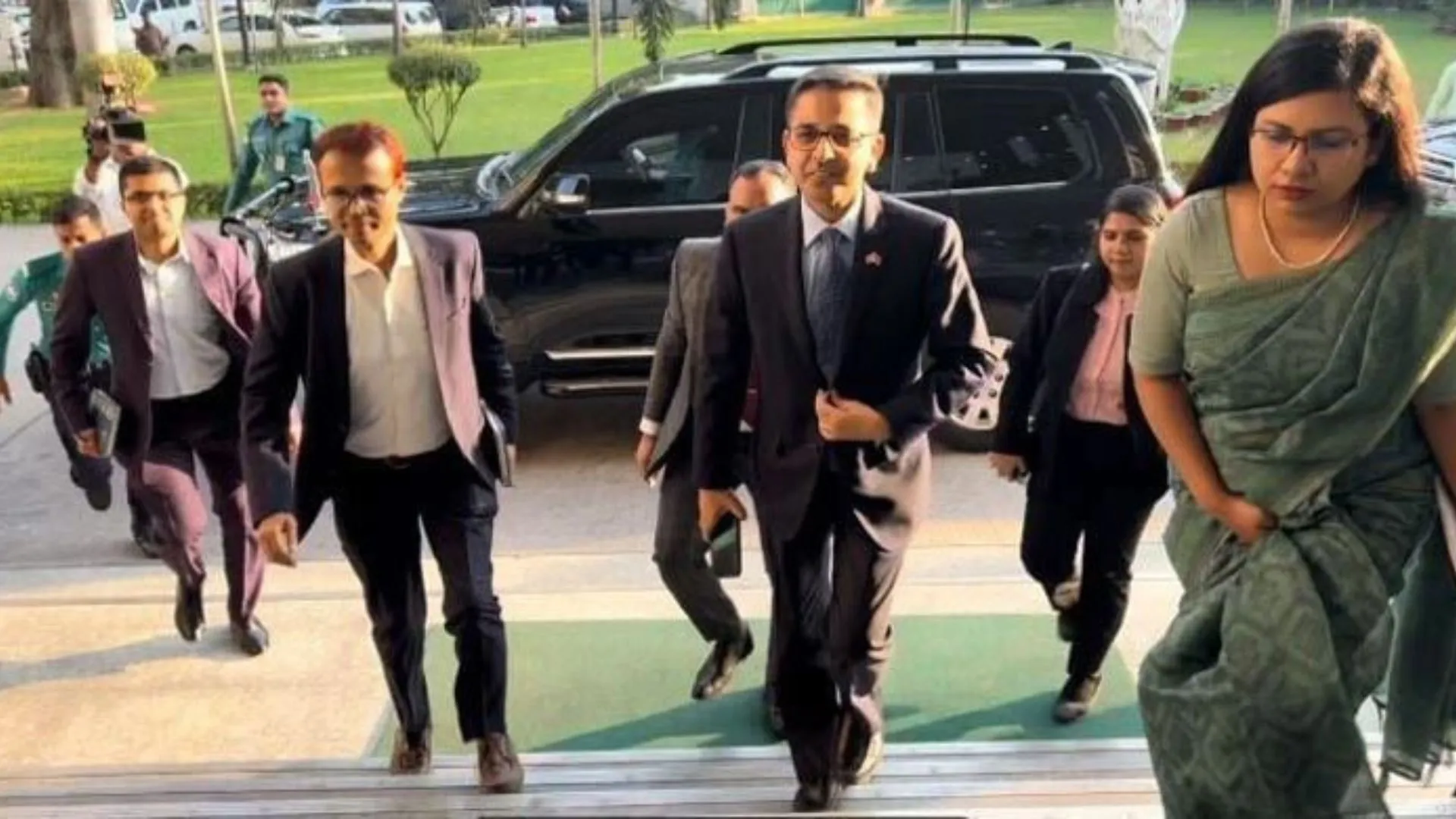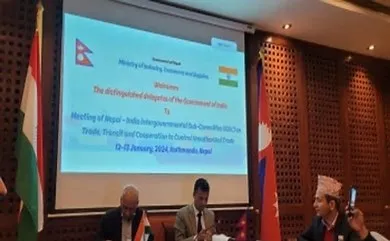As the country battles Covid-19 pandemic and majority of Indians spend their time indoors, the food choices of consumers is also undergoing a change. USAPEEC & South Dakota recently organised an insightful session on Processed Poultry Products and discussed the nutritional and safety value of processed foods. An esteemed panel of speakers including Mr. Bhupinder Singh, CEO & MD of Vista Processed Foods, Mr. Rajiv Jaisinghani, CEO & MD of Darshan Foods Pvt. Ltd, Mr. Sivakumar K Vice President, Innovative foods ltd, Mr. Vijay Sardana, Techno-legal expert and Mr. G Balaji Veeraraghavan, DGM Operations, Venkateshwara Hatcheries P Ltd provided their valuable insights.
Speaking about public awareness on benefits of processed poultry products, Mr Sardana said, “It is an important conversation in Covid times when people want good health. There is a saying that you are what you eat. We all should focus on what we eat, from hygienic, nutritional and food delivery point of view. Processed poultry products are a better option as it is cost effective, nutritious and better in hygienic than conventional ways.
There is an Indian understanding that organic, unprocessed local products are better. Talking about how contactless packaging ensures safety, Mr Bhupinder said, “In processed poultry products, cold chain is taken care of carefully. Packaging process is temperature controlled by experts.” To back the claim that processed poultry products are better and healthier, Mr Sivakumar said, “It is process facility that makes it safer, healthier and better. These products come from a processor which has all safety parameters. The raw material hardly gets in contact with workers hands as it is completely automated process.”
Speaking about brands claiming to be producing more healthier, better and safer poultry products, Mr Rajiv emphasised, “We know that good chicken slaughtered wrongly ends up being bad quality chicken. When chicken is slaughtered, cleaned and stored right, you get better, safer and healthier chicken. As food processing companies, we provide quality certification to consumers.”
Mr G Balaji Veeraraghavan further mentioned the convenience logic of easily procuring these processed products. He said “Time spent to cook unprocessed chicken is higher compared to when processed product goes into the kitchen.” Talking about innovation and new technology, he added, “Coming across individual freezing as well as the frozen, tech is concerned that if you have 20- 30 minutes time, you have 500kg to 1 ton material, mind you something which 80 degrees hot, within 20 minutes or get gets to -18 degrees, that is the kind of nutrition locking capability that the technology has and even modern technology, modern innovations, it all interesting consumers have started accepting.”
When asked about market policy and growth rate, Vijay Sardana said “Across the processing food sector, the growth is very fast. There are several factors for it. First of all, cooking is an art. If you don’t know how to cook a chicken curry but you want to eat it so there is a demand for ready-to-eat products. Second, urbanisation is increasing. There is no trying now because now you don’t have time after coming back from work. That’s why all e-commerce food sites and growing.”
He further spoke of the required policy support for processed food industry and said, “As far as financial support is concerned, there are a lot of government schemes to support industry. Public fund is available for development and processed food industry. So, money is not in short supply for processed food industry. As far as market is concerned, we are 140 crore people, so market is also huge. What’s missing in this industry is understanding it and getting deeper into quality, hygienic and marketing aspect which is art aspect. Process food industry is Science plus art. Science part of the industry has developed but what’s missing is the art part.”
Mr Rajiv further expressed how some processed food products are aspirational like ‘seekh kebabs’ which people like to eat. “For a small family, it’s difficult and too much work to prepare it at home. That’s where our processed food comes handy,” he added.
With this, the speakers spoke at length about -what processed actually means and what options are currently out there for the consumers to create wider acceptance for processed poultry products among Indian audience. Overall, it was a well-rounded interactive discussion on an interesting and pertinent topic.

